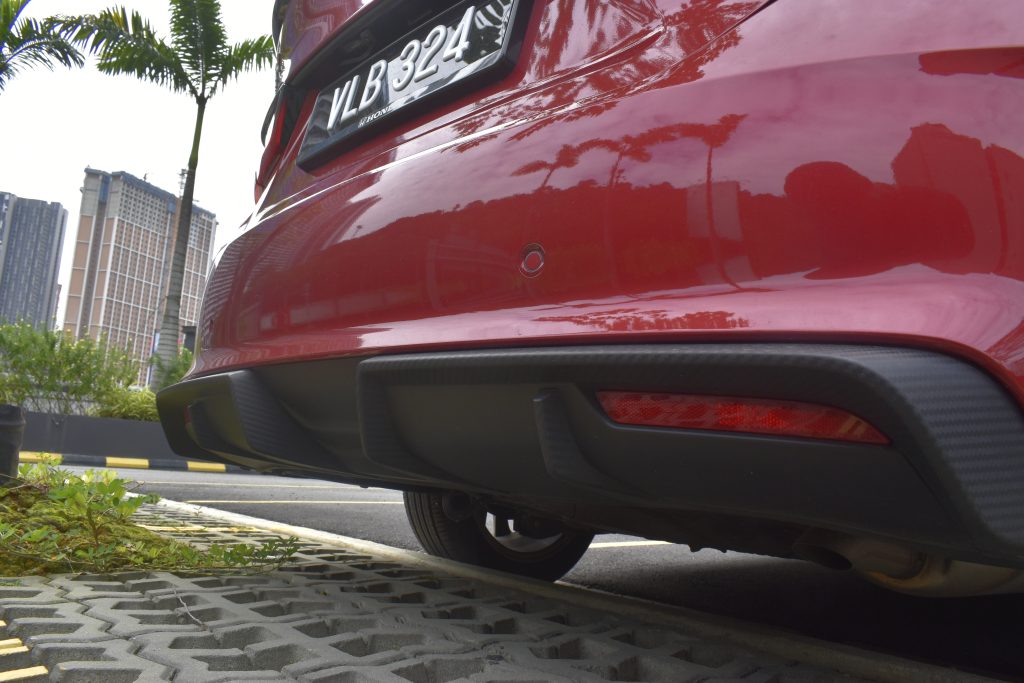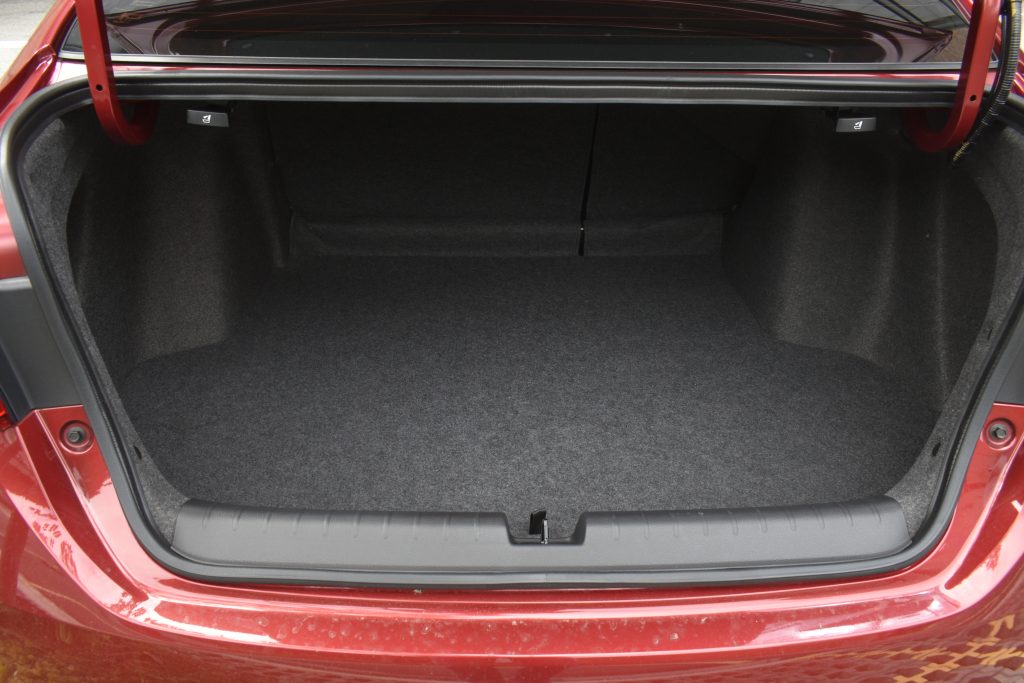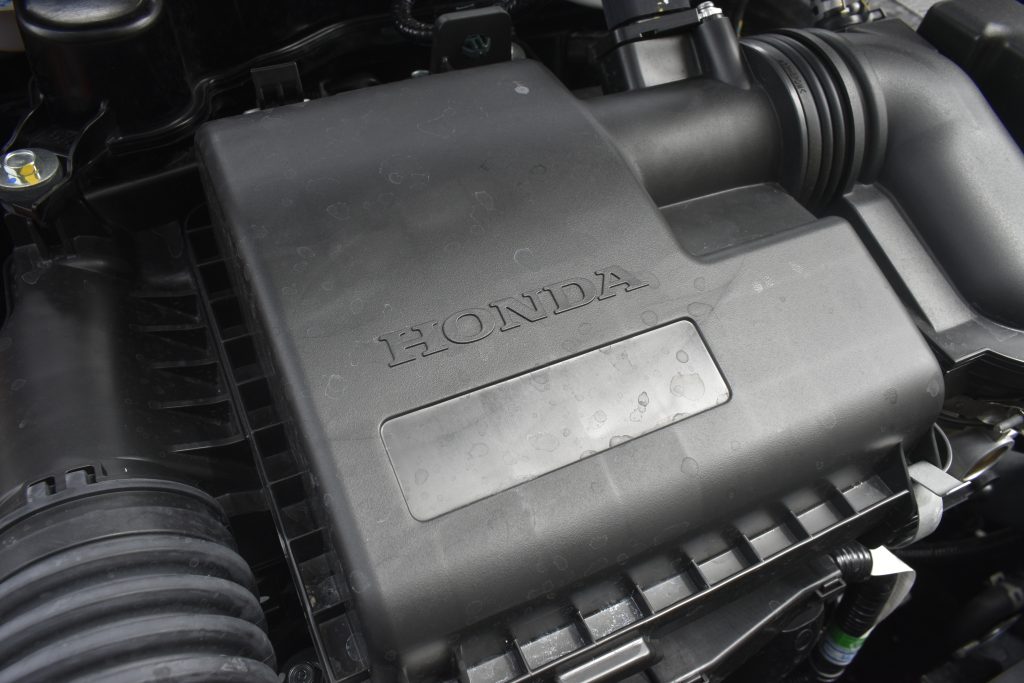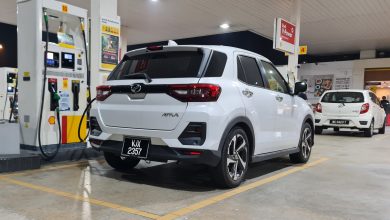
The premium price Honda is asking for this City is to be backed up by it actually being a premium product.
“You’re telling me how much!?”
Yes, this was pretty much the (most PC of) incredulous reactions people gave upon knowing that this particular Honda City RS here retails for RM 111,900.
But while it is certainly quite a large sum of money for a not-that-large a sedan, there is actually the potential argument to be made here that this City could somehow actually justify that six-figure price tag. One which incidentally this review shall attempt to elaborate on, with the following words here to aiming to eventually also make the case that this Honda sedan is probably the ideal everyday car for a majority of the motoring public as well.
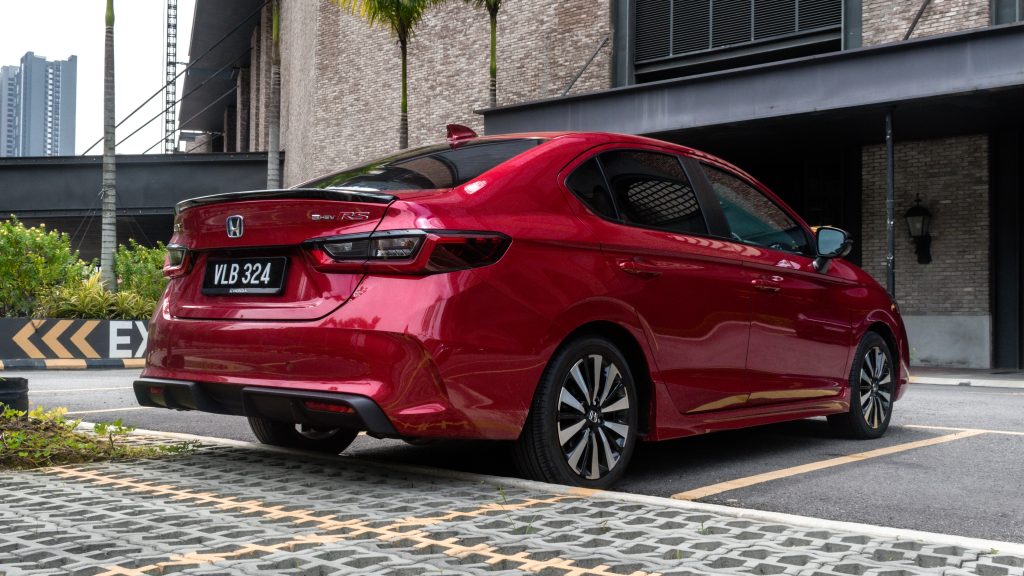
Solidity & Serenity
And to go right into how best the City RS justifies its six-figure price tag here, this small hybrid Honda actually feels lot more grown up than a car of this segment typically does. In fact, one could legitimately be convinced that motoring with this City is not entirely unlike being in a smaller, but not actually cheaper, Accord.
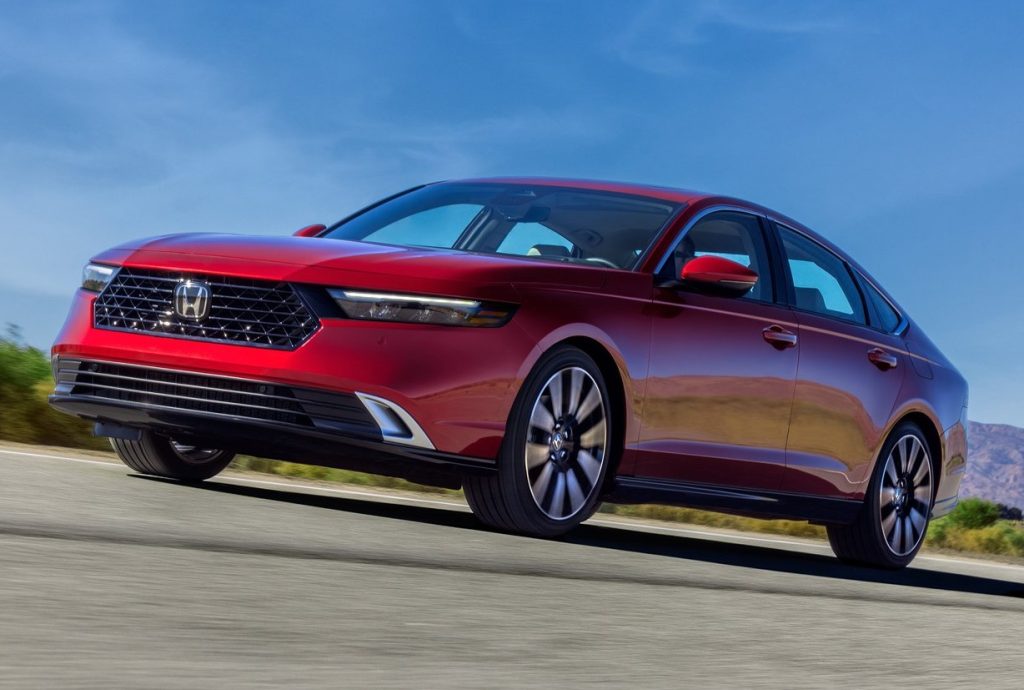
From just the way its rather weighty doors shut with a muffled thud alone, it was to be quite clear that this latest iteration of compact Honda sedan is in a totally different league in terms of solid-ness relative to its hollow-feeling predecessor from even just a generation ago. The distinct lack of wind noise within its rather well-insulated cabin meanwhile is further testament to that feat too, with Honda mercifully having since extended the insulation all the way to its roof as well now, such that sitting within it during a downpour doesn’t sound like one is under a zinc-roofed warehouse anymore.
The mini Accord vibe from this new City is then continued to be felt (or more appropriately yet, not) from its rather supple suspension setup being decently capable of isolating the worst of the rough KL roads, with its plush seats (redesigned for this facelift) adding that little bit extra to the overall ride comfort within this compact Honda sedan. What more is that when this hybrid system is running on EV mode (which is most of the time when just cruising in the city), the lack of engine noise (and more importantly vibration!) certainly adds to the serene driving experience that previously was only to be the preserve of larger and more premium automobiles.
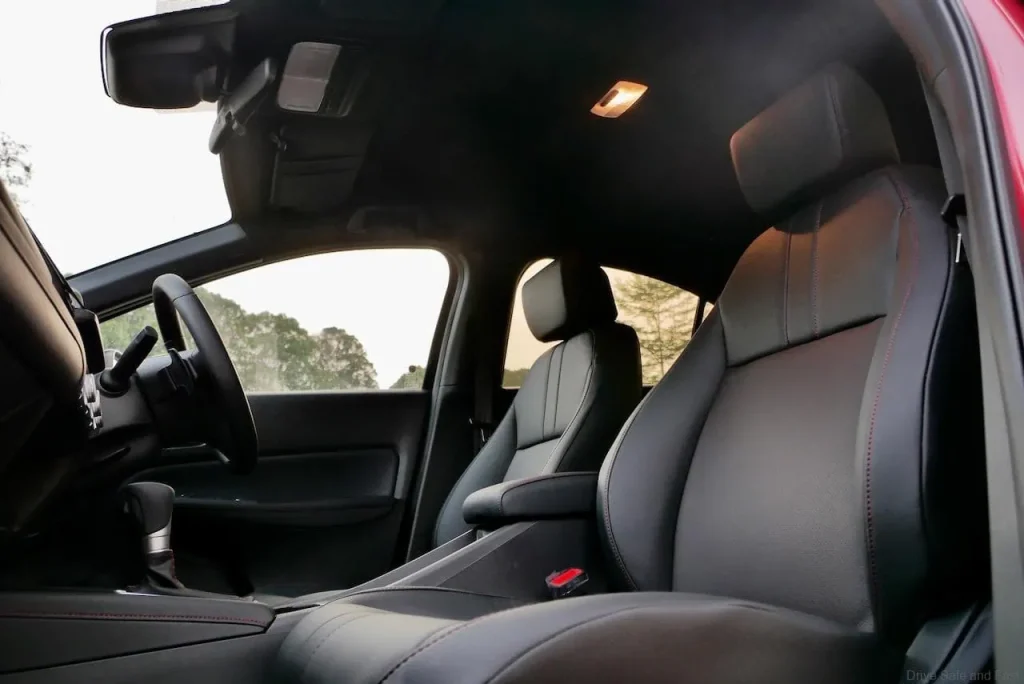
Unfortunately however, it has to be noted here that this rather serene motoring experience with the City is to be spoiled somewhat from the rather pronounced roar coming from its stock Toyo tyres, even when just puttering along at sensible inner city speeds. Seeing though as this Honda comes wearing a set of 16-inch wheels (that admittedly look somewhat small under its arches), the cost of sourcing a better set of rubber should in any case at least not be too painful on the wallet.

The Interior You Actually Want To Live With
And in continuing on here a bit more from the wheels to something else that not exactly the snazziest, but where one will doubtlessly appreciate upon actually owning this car long term, the City has an interior you will actually appreciate when living with it.

Now of course with this being a Honda, it should already go without saying that the City is not exactly the best equipped car in its class. All the fancy whizz bangs that come standard in something Chinese are unsurprisingly absent here, with even this particular top-trim of Japanese compact sedan to miss out on interior ambient lighting and auto wipers.
Also missing within the City is a fully digital instrument cluster, with the rather basic (albeit configurable) TFT display sharing its space in the binnacle with an analogue speedo. There is unfortunately not to be a 360º surround view camera in this Honda as well, and those aforementioned comfy front seats are not to be electronically adjustable too.
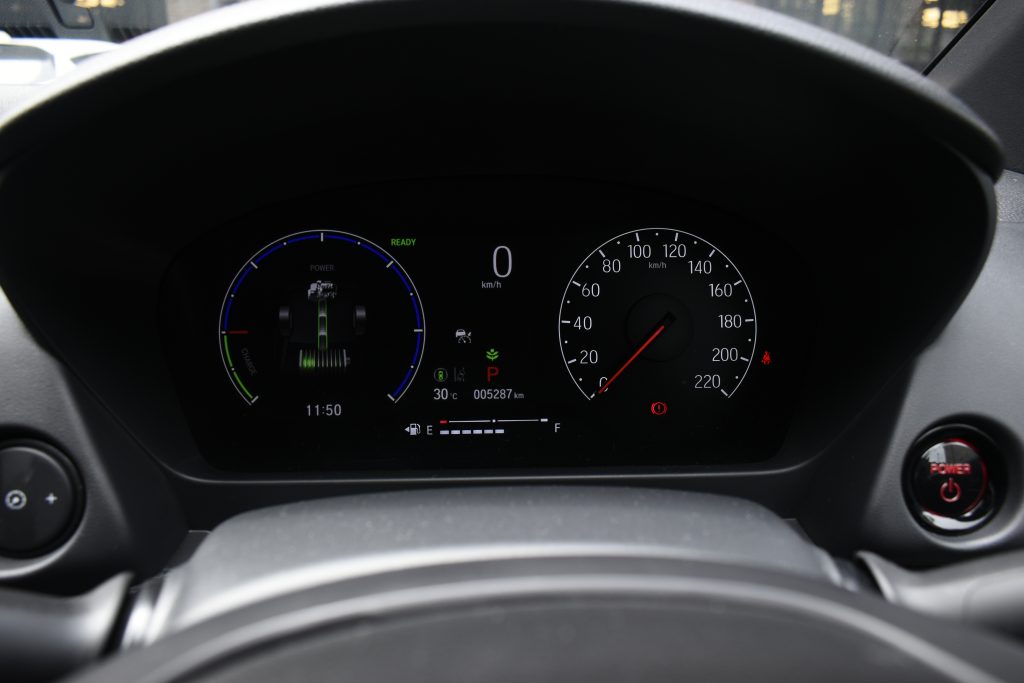
Thankfully, Honda has since thought to grace this facelifted City with wireless Android Auto and Apple CarPlay integration for its 8-inch infotainment display. Though the more pertinent bit worth pointing out regarding this display (for those intending to live with these cars for at least the better part of half a decade at least) is that while its integration into the general dashboard design is admittedly far from the best it could be, its distinct independence in operation from the physical climate control stack below and its standard rectangular size will nevertheless likely see it be extremely easy to upgrade in future.

What more is that while on the topic of long-term living with this Honda too, this latest City’s cabin is not just expectedly well-screwed together, but (unlike its predecessors) also has a degree of plushness and premium-ness that one actually won’t mind spending years within it now. All of its knobs and buttons feel decently weighted and clicky to the touch, with the only noticeable bit of sub-par material choice in this decently padded interior being some scratchy hard plastic door tops.
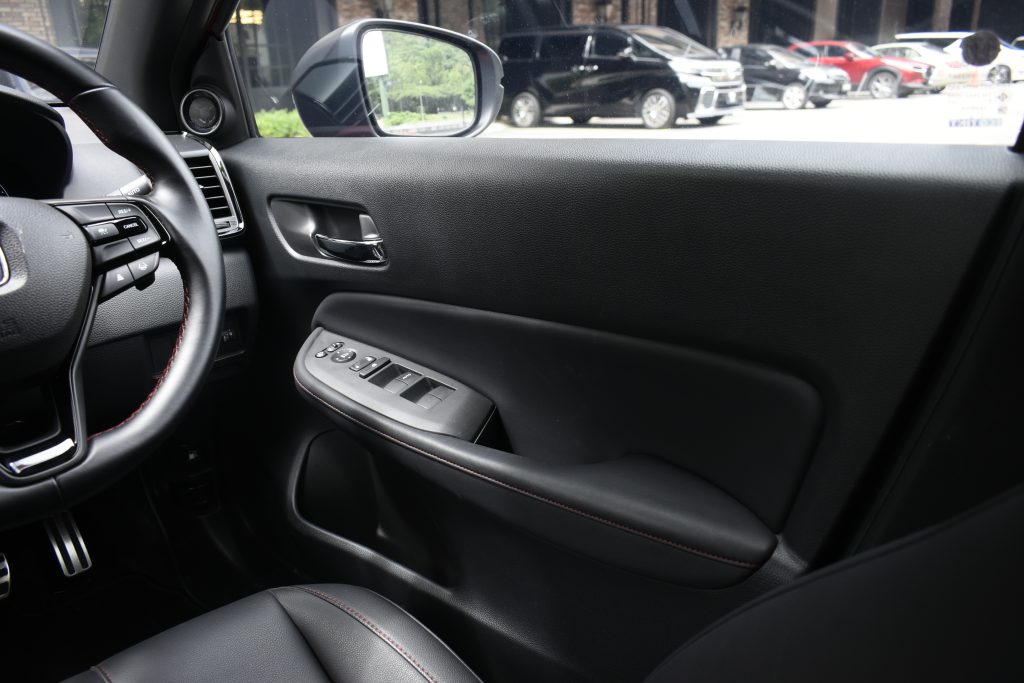
Despite Honda having skimped on the snazzier bits of kit, the City does nevertheless also come with some useful tech that makes daily driving experience that little bit nicer, like a set of extremely bright automatic LED headlights for example, not to mention a reverse camera that offers three different angles to choose from. Its adaptive cruise control is decent-enough to actually take much of the tedium off being stuck in city traffic as well, with its low speed follow feature (exclusive to the e:HEV RS) keeping about an acceptable (for its class) one-car distance when crawling along the jammed up highways during rush hour.

And with this being a Honda, the City expectedly still showcases the Japanese automaker’s packaging magic in somehow creating more space within it than its compact exterior dimensions might initially suggest. There is after all more than a reasonable amount of legroom and shoulder room for three lanky lads to comfortably sit abreast in the rear row (though rear headroom is admittedly at a premium for those taller than six foot), with its quoted 519-litre boot is meanwhile to actually be slightly larger (by 6 litres) than the Proton S70 from supposedly a class above.


Trading Fizziness For Fuel Economy
Now as Honda has dubbed this particular hybrid version of its City the RS, there should at least therefore be some discussion of how this City performs when actually giving it some. As much as its racy red interior trim and ad campaign touting its torque would like to suggest though, RS in this situation is unfortunately more fitting to mean Rather Sedate than Really Sporty.
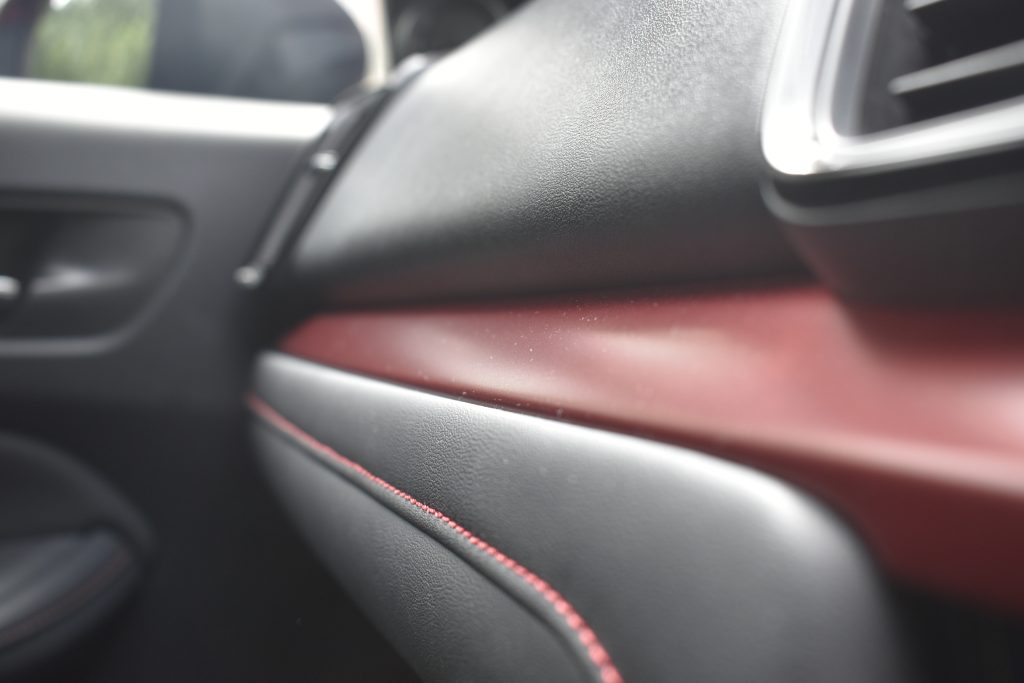

Just being entirely fair to the City here, its does actually have enough torque to overtake granddad in his Camry. What is missing though is just that bit of get up and go that one might have expected from its e:HEV electrified powertrain, with its turbo-ed rivals offering more outright punch to the party as well.

Commendable with the Honda however in regards to its powertrain is for its power delivery to be relatively linear and predictable, with the engine sounding relatively nice too when giving it the beans. Not really the shrill-sounding VTECs of old, but still quite a fruity-enough thrum nonetheless.
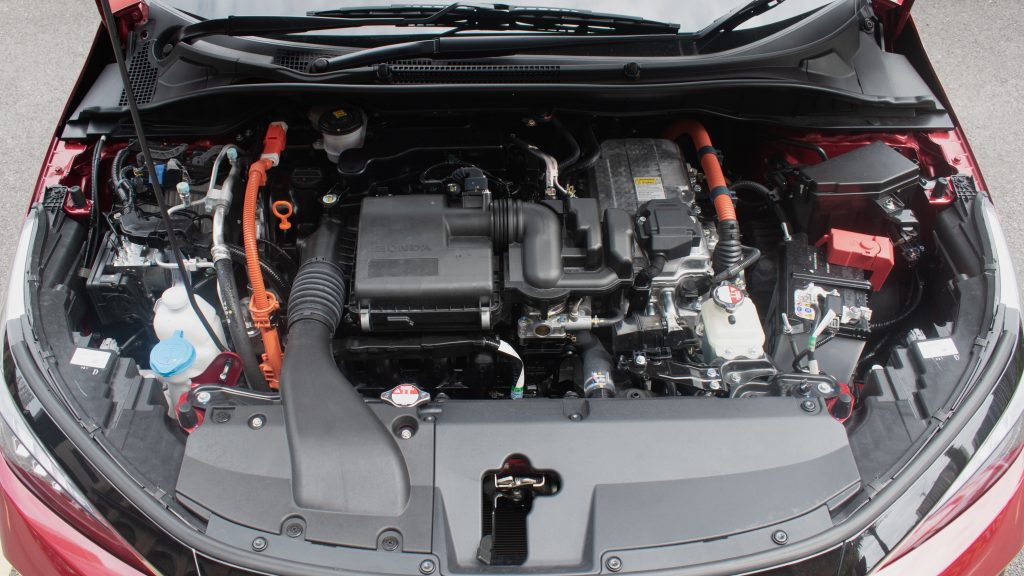
And while on the topic of things that are relatively nice as well, the City is actually a pretty decent handler. Its much heavier steering than before certainly imbibes the driver with more confidence to possibly pile on a few extra km/h when cruising on the highway, with the same to be true too when the road ahead gets twisty.
Those taking the true RS spirit to heart though with this Honda will unfortunately notice that this comfort-oriented automobile does wallow a bit in the faster bends, with its stock Toyo tyres frankly squealing more than actually gripping the road upon any vaguely exuberant entry into a turn. Handily, its rather thick-rimmed steering wheel is nevertheless quite the nice thing to grip onto when understeering through a corner.

As for bringing proceedings to a stop on the other hand, its brakes are perhaps a tad sharper on the initial bite than would be ideal for consistently executing gentle stops in traffic, but there is certainly enough feel to be sure that it’ll actually stop in any situation. Incidentally too, a couple of days with this City and it had already become second nature of using the paddles to control the regen for a bit of light braking when just needing to slow down slightly.

Just conveniently segue-ing into talking about this hybrid Honda’s fuel efficiency as well, the car tested here was reporting itself to have achieved 19.3 km/l after 334 km of motoring. A pretty impressively efficient result really, especially when taking into account that these kilometres weren’t exactly done in the most eco-conscious manner…



The Ideal Everyday Car?
To concisely give an answer here as to why this City RS is probably the ideal everyday car for a majority of the motoring public, it is basically the same reason as to why Honda can charge RM 111,900 for it: The City is one of the most premium feeling cars in its class. And for those who yearn for their own private oasis amid their hectic daily lives, this alone is already to be a rather compelling proposition.
What more is that on top of being supremely refined for the price, its impressive fuel efficiency and adequate amount of everyday useful tech does somewhat sweeten the deal further on this comfortable commuter car. With that H badge on its grille too, rock solid residuals and a stress-free ownership experience are all but guaranteed as well.

Now admittedly the Toyota Vios is possibly the better handling option between the two, while the Proton S70 undoubtedly shines in the showroom by offering more fancy kit at a (significantly) cheaper price point. Both the Chery Omoda 5 and Proton X50 are certainly compelling higher-riding alternatives at the same cost of this particular electrified variant tested here, but the City’s promise of premium-ness is sincerely a very strong selling point in its favour.
Just to add at the end here as well, the City is also actually quite the handsome looking thing. Especially in this racy red, don’t you think?

Odds & Ends
- The large increments for the cruise control system comes in steps of 10 km/h, instead of the usual 5 km/h in other cars.

- The Honda LaneWatch camera is of a rather low resolution, and likewise with the reverse camera too actually.


- The USB inputs on this facelifted Honda is still to be USB Type A.

- Its 8-speaker sound system provides decent-enough clarity for this segment of car, but (much like the HR-V) the sound is to be slightly sunken for this writer’s ears at least.
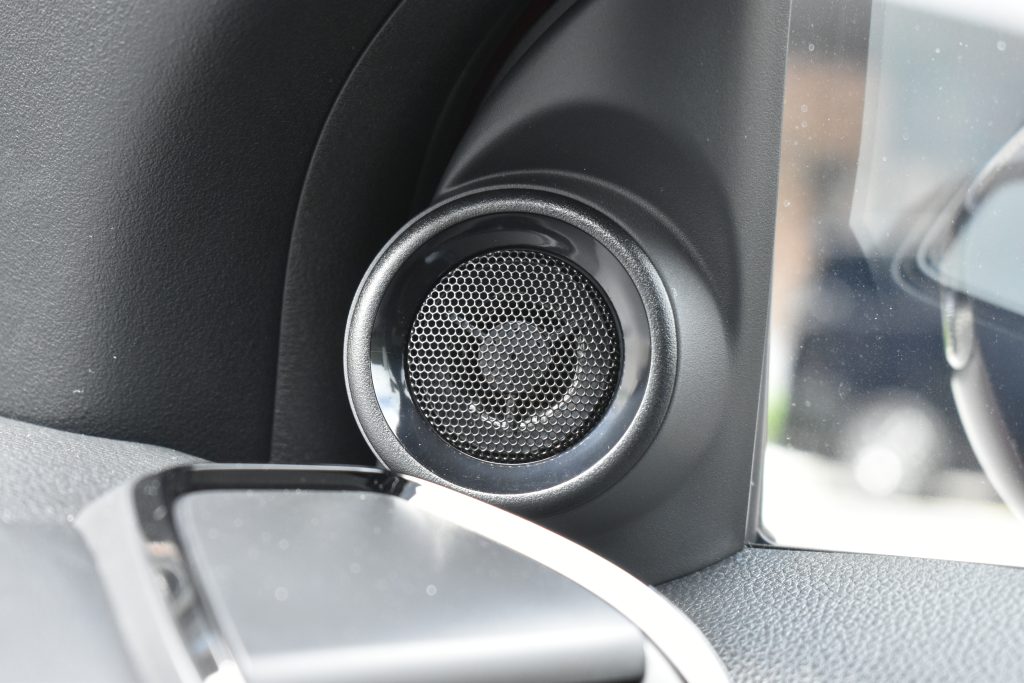
- There is a surprising amount of adjustment for reach and rake on the steering wheel, making it really easy for anyone to get comfortable behind the wheel of the City.
- This facelifted City follows on from the Civic to feature the same climate control panel with a temperature knob that glows red or blue when the temperature is adjusted hot or cold. A small touch, but a nice one.


2023 Honda City RS e:HEV Technical Specifications
Engine: Inline-4, 16-Valve, DOHC, i-VTEC, Petrol, Atkinson Cycle
Capacity: 1498cc
Gearbox: Electric Continuous Variable Transmission (e-CVT)
Max Power (Electric Motor): 109 PS @ 3,500 – 8,000 rpm
Max Power (ICE): 98 PS @ 5,600 – 6,400 rpm
Max Torque (Electric Motor): 253 Nm @ 0 – 3,000 rpm
Max Torque (ICE): 127 Nm @ 4,500 – 5,000 rpm
0-100 km/h: 9.9 seconds
Top Speed: 177 km/h
Fuel Consumption: 3.6 l/100 km
Price: RM 111,900





